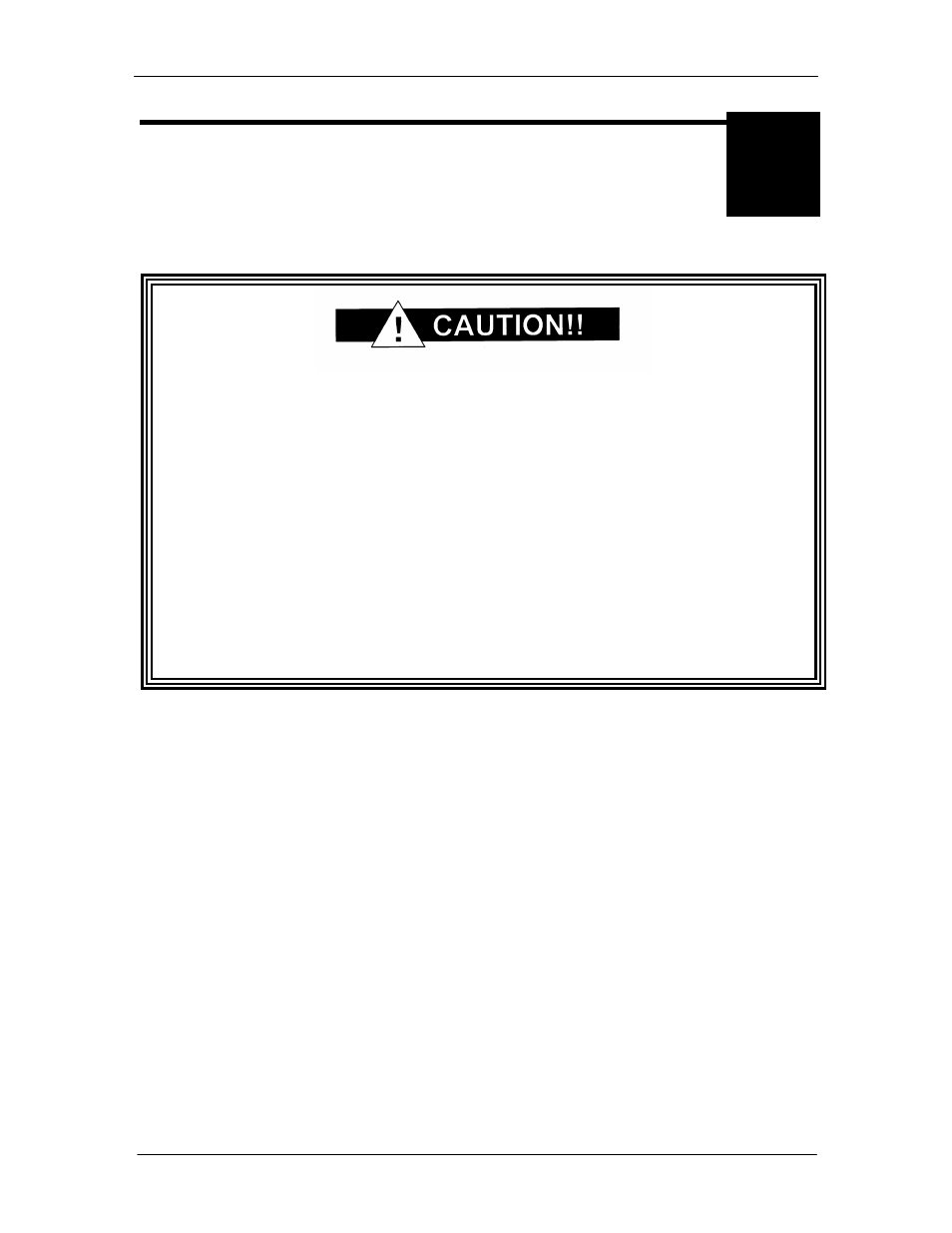Remote operations, C.0 remote operations, C.1 host computer remote communications – Comtech EF Data QAM256 User Manual
Page 56: C.1.1 protocol structure

QAM256 Digital Video Modulator and Upconverter
Remote Operations
TM077 – Rev. 4.0
C-
1
Remote Operations
C
C.0 Remote
Operations
When new features are added to Radyne Corp. equipment, the control
parameters are appended to the end of the Non-Volatile Section of the
Remote Communications Specification, and status of the features, if any,
are added at the end of the Volatile Section. If a remote M&C queries two
pieces of Radyne Corp. equipment with different revision software, they
could respond with two different sized packets. The remote M&C MUST
make use of the non-volatile count value to index to the start of the Volatile
Section. If the remote M&C is not aware of the newly added features to the
product, it should disregard the parameters at the end of the Non-Volatile
Section and index to the start of the Volatile Section.
Before creating any software based on the information contained in this
document, contact the Radyne Corp. Customer Service Department (602-
437-9620) to find out if the software revision for that piece of equipment is
current and that no new features have been added since the release of this
document.
C.1
Host Computer Remote Communications
Control and status messages are conveyed between the QAM256, the subsidiary modems, and
the host computer using packetized message blocks in accordance with a proprietary
communications specification. This communication is handled by the Radyne Link Level Protocol
(RLLP), which serves as a protocol ‘wrapper’ for the RM&C data.
Complete information on monitor and control software is contained in the Radyne RLLP Protocol
Reference Guide.
C.1.1 Protocol Structure
The Communications Specification (COMMSPEC) defines the interaction of computer resident
Monitor and Control software used in satellite earth station equipment such as modems,
redundancy switches, multiplexers, and other ancillary support gear. Communication is bi-
directional, and is normally established on one or more full-duplex 9600-baud multi-drop control
buses that conform to EIA Standard RS-485.
Each piece of earth station equipment on a control bus has a unique physical address, which is
assigned during station setup/configuration or prior to shipment. Valid decimal addresses on one
control bus range from 032 through 255 for up to 224 devices per bus. Address 255 of each
control bus is usually reserved for the M&C computer.
